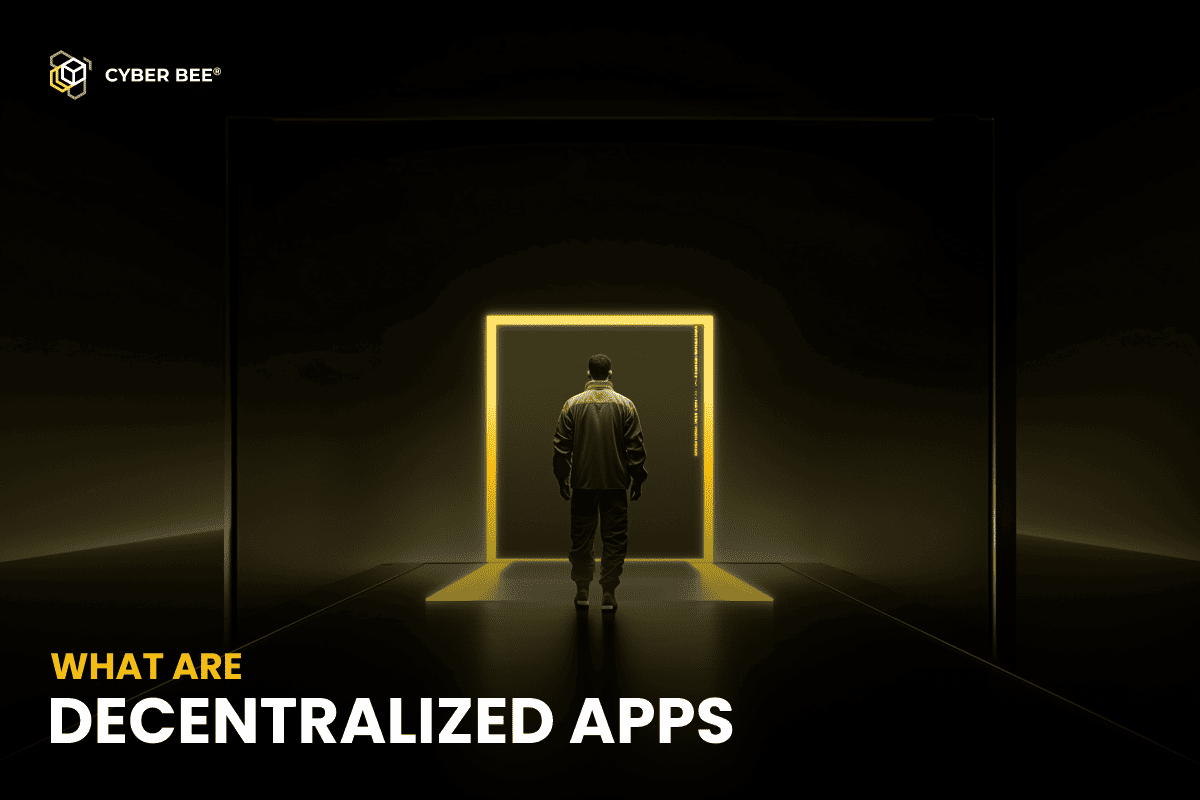Decentralized apps (dApps) are changing the game for digital applications by running on distributed systems like blockchains. Unlike client-server models, dApps provide transparency and security by recording every transaction forever, so you have more control. Powered by smart contracts, dApps automate processes without intermediaries and have applications in finance, entertainment and real estate.
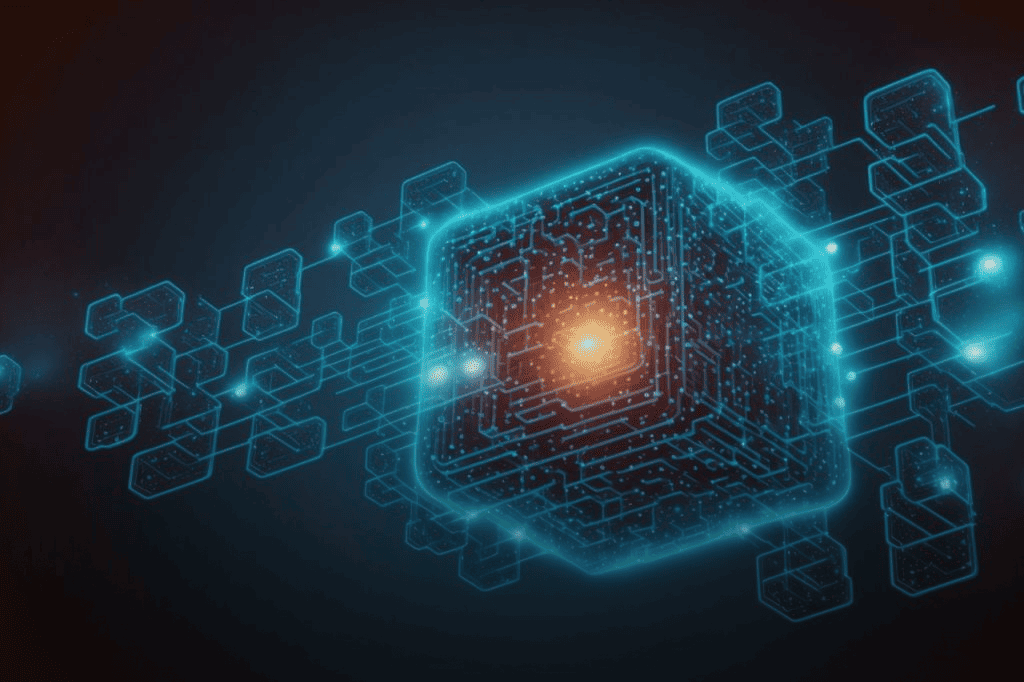
Decentralized App Architecture
To understand what are decentralized apps we need to learn their architecture. A decentralized application consists of three parts:
- Client Application: This is where the dApp is accessed by users. An application can be web-based or mobile, and it is a tool to send and receive data.
- Smart Contracts: These are code deployed on a blockchain that are the core of dApp functionality. An automatic execution happens when certain conditions are met, without an intermediary. The code for blockchain contracts is written in high level languages like Solidity (for Ethereum) or Rust (for Solana) and then compiled into bytecode.
- Blockchain: The blockchain is the decentralized infrastructure for the dApp. It stores the smart contract and transaction records, for security, transparency and immutability.
How a Decentralized App Works

When a user interacts with a dApp, a series of steps are triggered to make it seamless and secure. Here’s how it works:
- User Interaction: A user does something on the client application (e.g. sends cryptocurrency or accesses a feature).
- Request Transmission: The client application sends the user’s request to the blockchain network.
- Smart Contract Execution: The relevant smart contract is triggered. It checks the conditions and executes actions like transferring assets or updating data.
- Blockchain Verification: The network of nodes checks the transaction, to make sure it’s correct and genuine.
- Transaction Finalization: Once verified, the blockchain records the transaction forever, making it immutable and transparent.
This decentralized setup eliminates intermediaries, minimizes fraud and logs every action.
Smart Contracts in dApps
Smart contracts are the core of dApp functionality by automating processes without intermediaries. They have:
- Trustless: Executes automatically when conditions are met, no intermediaries.
- Transparent: Code and transactions are visible on the blockchain, verifiable.
- Immutable: Once deployed, smart contracts can’t be changed, so execution is consistent.
For example a smart contract for a decentralized exchange (DEX) might have rules for token swapping or collecting liquidity provider fees, executed automatically and securely.
Blockchain Platforms for dApp Development
dApps can be built on many blockchain platforms, each with its pros and cons. Some popular ones are:
- Ethereum: Large developer community and lots of documentation, supports many dApps but has scalability issues.
- EOS: Focuses on scalability and high throughput, enterprise grade.
- Tron: Focused on speed and scalability, used for entertainment and media dApps.
dApps by Industry
dApps are changing many industries, with solutions for each. Here are some examples:
Finance
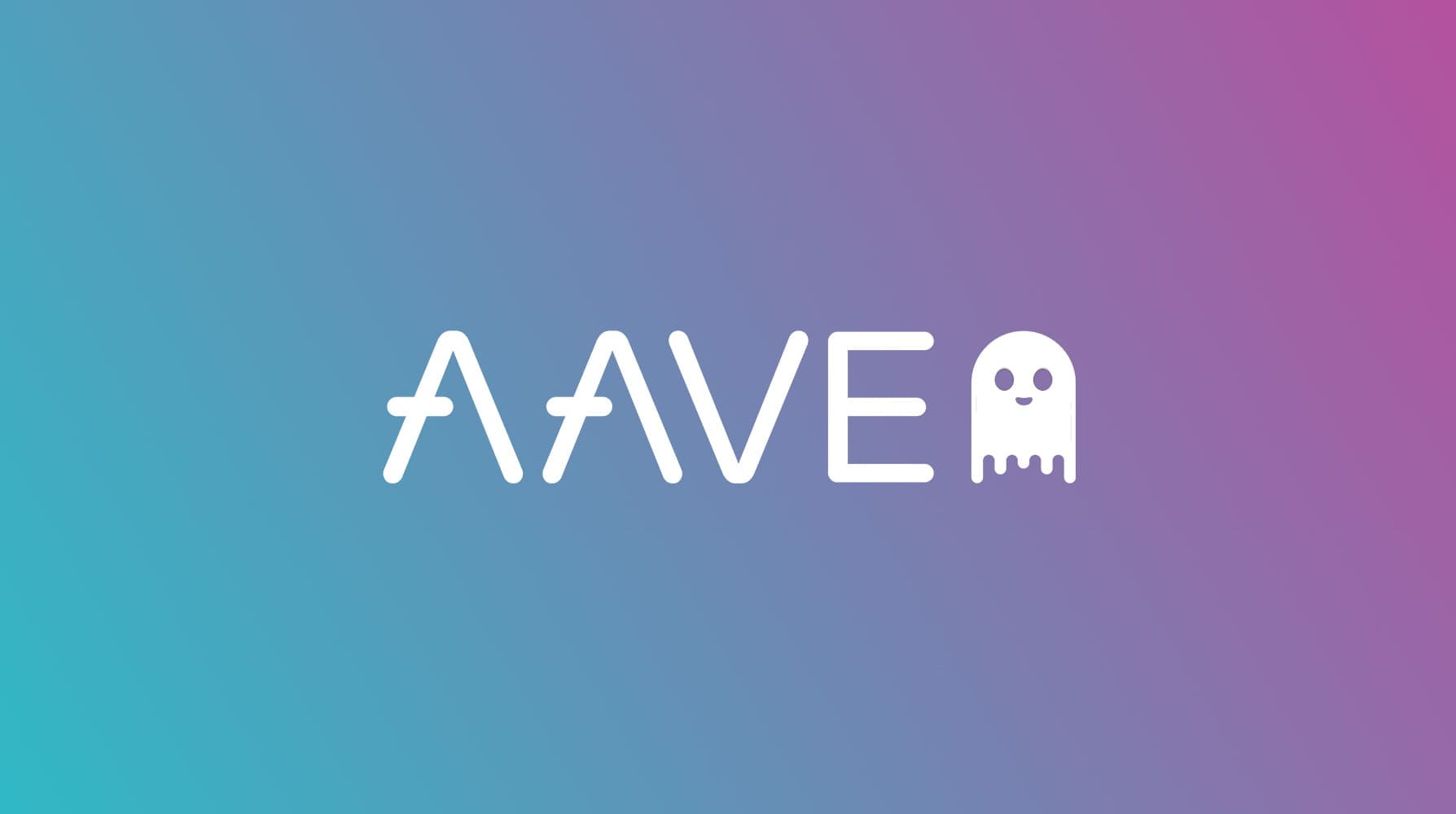
- 1inch Network: A decentralized exchange aggregator that optimizes trades across multiple platforms, gives users the best rates and reduces slippage.
- PancakeSwap: A leading decentralized exchange and yield farming platform where users can trade tokens, stake assets and earn rewards.
- Aave: A DeFi platform for lending and borrowing of cryptocurrencies, gives users more financial freedom.
- Polytrade: Simplifies trade finance by allowing businesses to raise capital directly from investors through blockchain, transparent and secure.
Gaming & Entertainment
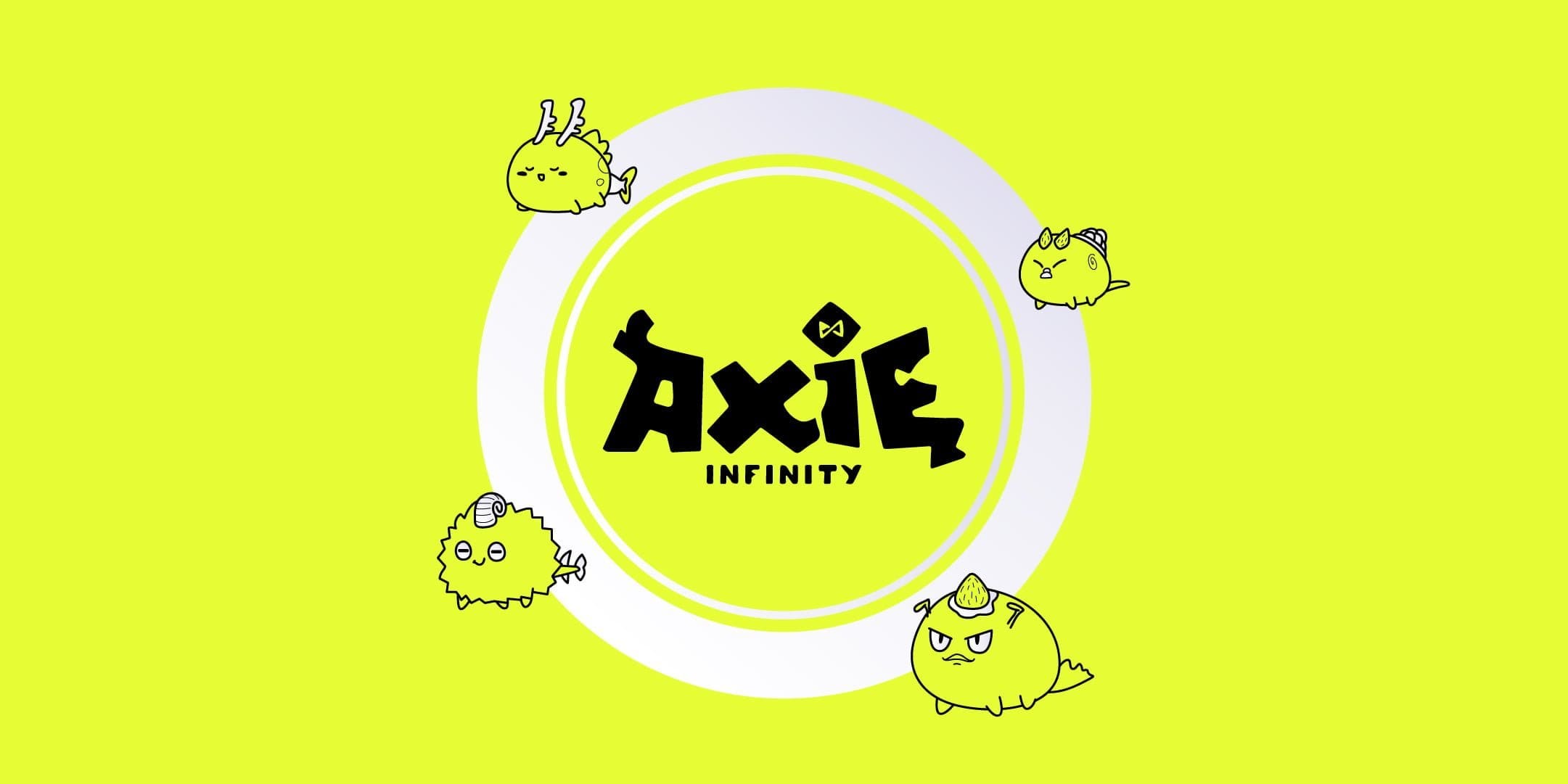
- Axie Infinity: A blockchain-based game where players breed, collect, and battle creatures called Axies, earning tokens and owning in-game assets.
- Gods Unchained: A competitive card game that leverages blockchain to make each card an NFT, allowing players to truly own their cards and earn by participating in battles and tournaments.
- TryRaffle: A decentralized raffle platform built on the Base network, offering transparent and tamper-proof gaming mechanics powered by smart contracts and random number generation.
Real Estate
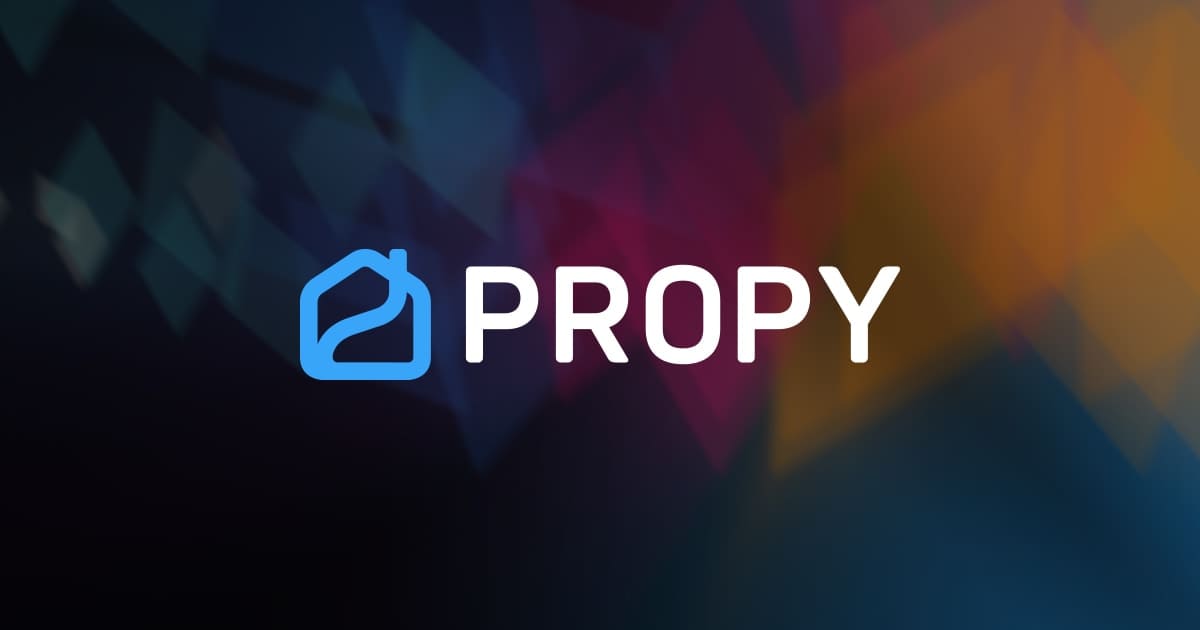
- Propy: A blockchain-powered platform enabling seamless real estate transactions, ensuring transparency and security in property ownership.
- RealT: A tokenized real estate investment platform allowing users to purchase fractional shares of properties and earn rental income.
- Lofty AI: A real estate investment platform where blockchain enables micro-investing in properties, with daily rental payouts and full transparency.
Social Media

- Lens Protocol: A decentralized social media platform where users own their data and community driven interactions.
- Mastodon: A decentralized alternative to traditional social networks, more open and user centric.
Prediction Markets

- Polymarket: A platform to trade on real world event outcomes, market driven insights.
- Augur Turbo: A decentralized prediction market, transparent and accurate forecasting.
Computing Resources
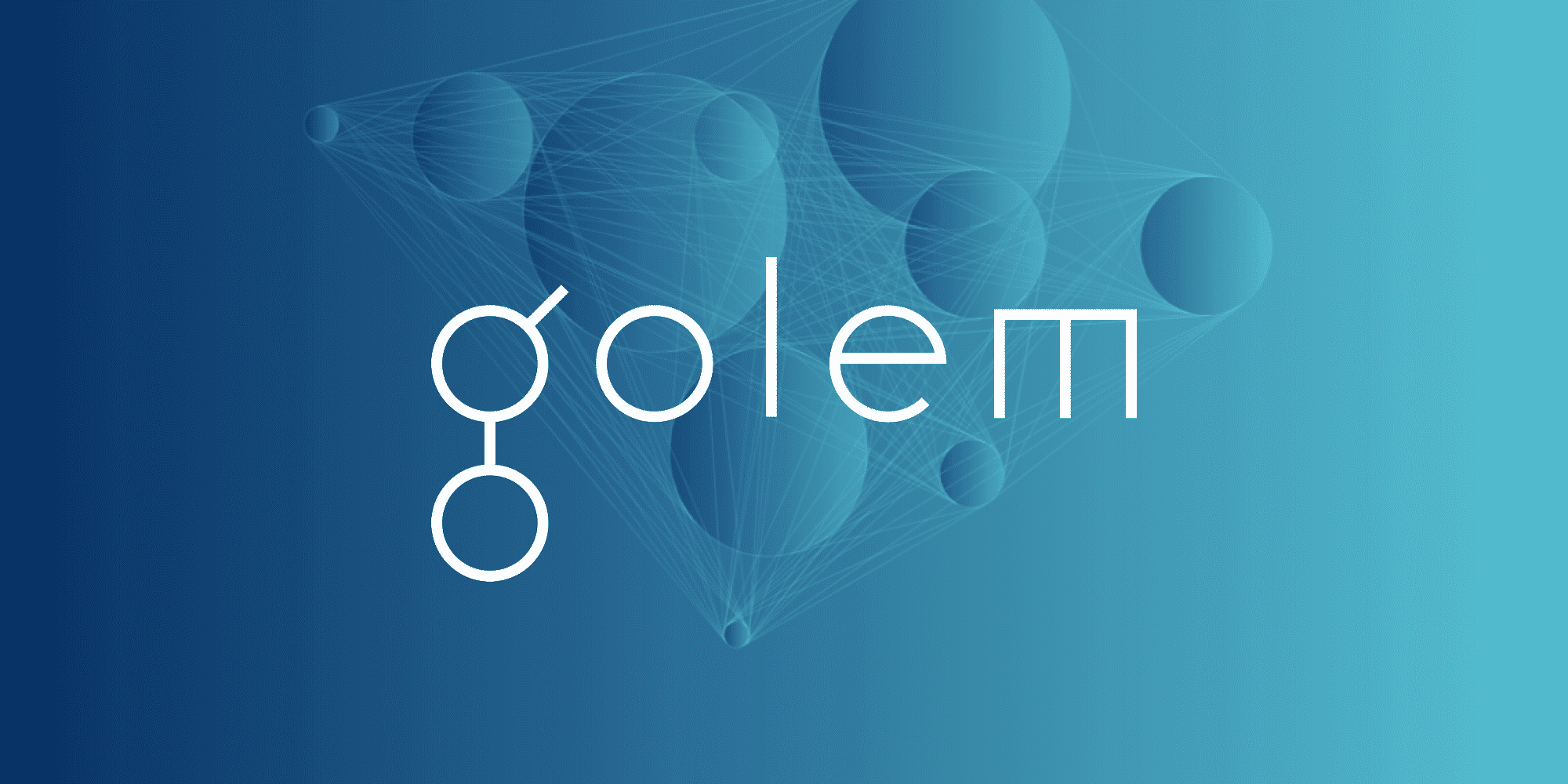
- Golem: A decentralized marketplace for computing power, allowing users to rent out or utilize idle hardware to perform complex tasks like rendering, AI computations, and scientific research, all powered by blockchain technology.
- Akash Network: A decentralized cloud computing marketplace that enables users to buy and sell computing resources securely and efficiently, offering a cost-effective alternative to traditional cloud providers.
Data Storage & Management
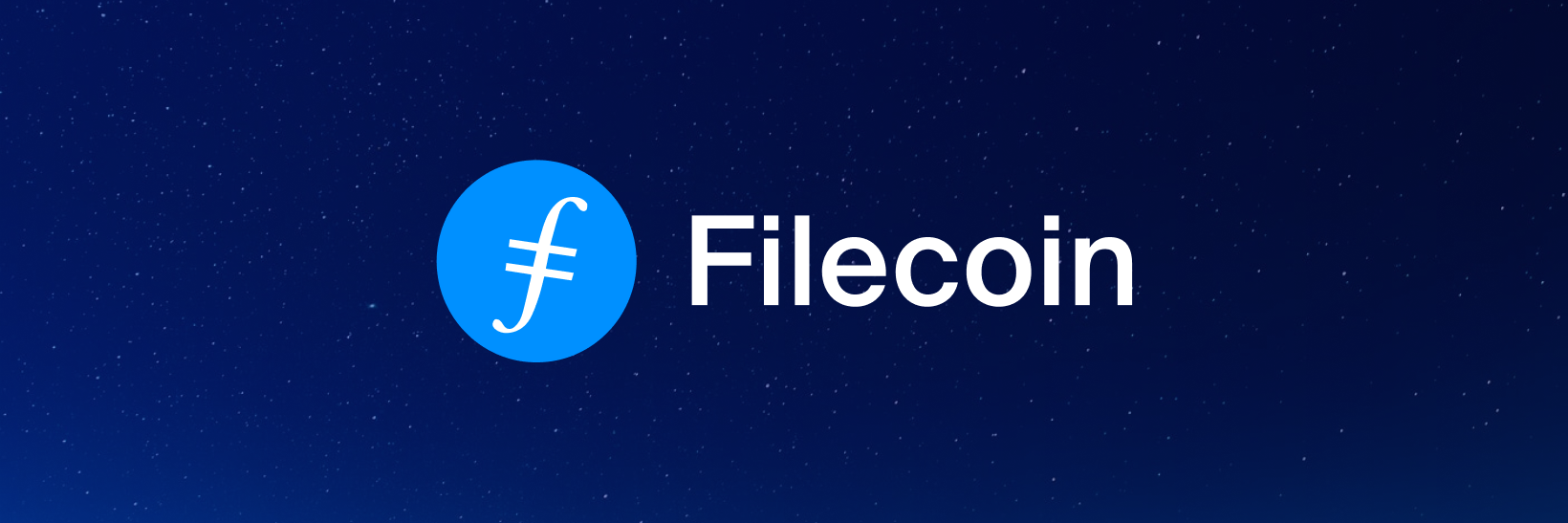
- Filecoin: A decentralized storage network that allows users to store, retrieve, and share data securely, offering a scalable and cost-efficient alternative to traditional cloud storage solutions.
- Arweave: A blockchain-based platform designed for permanent data storage, enabling users to store information indefinitely with a one-time fee, making it ideal for archiving and long-term preservation.
dApp Benefits
dApps have many advantages over server based applications:
- Transparency and Security: Blockchain ensures all transactions are completely transparent and secure, with no risk of data being tampered with. For example, Jade City uses these features to provide safe and clear financial interactions. By using a Real-World Asset (RWA) protocol, users can invest in jade-backed bonds and earn tokenized yields. Every transaction is recorded on the blockchain, ensuring reliability and giving users full visibility into the process.
- Cost: By removing intermediaries, dApps reduces transaction fees and speeds up processes. Smart contracts automates functions like loan approvals, streamlines workflows and saves time and money.
- User Empowerment: Unlike traditional apps, dApps empowers users by giving them control over their data and actions. Users can manage their assets, vote on system upgrades or even participate in the governance of the network. This is a personalized and decentralized experience where control goes back to the user.
dApp Development Challenges & Solutions
dApp development is great but it also comes with challenges. Here are the challenges and their solutions:
Scalability:
Scalability is the biggest challenge in dApp development. Popular networks like Ethereum gets congested during high demand (e.g. CryptoKitties). Layer 2 rollups (e.g. Optimism, zkSync) helps to address scalability but comes with trade-offs in speed, cost and decentralization. More modular blockchains like Avalanche or Polkadot offers better scalability with decentralization.
Security:
Smart contracts are the foundation of dApps but can be exploited. A single bug in the code can result to big financial loss. Unlike traditional software, smart contracts are immutable once deployed so debugging and updating is hard. To ensure security, developers must write bug free code, test thoroughly and audit their contracts regularly.
Solutions: Use formal verification tools like Certora and MythX for auditing and multi-signature wallets for added security.
Regulatory Uncertainty:
The regulatory landscape for blockchain solutions is still uncertain with different jurisdictions having different approaches to privacy and token issuance. Regulatory issues especially around KYC/AML can hinder dApp adoption.
Solutions: Work with legal advisors familiar with blockchain laws and add optional KYC in regions with stricter regulations.
dApp Best Practices
Despite the difficulties, following best practices will increase your chances of success:
- Optimize Smart Contracts
Smart contract development is key. Clear and concise code minimizes vulnerabilities. Use Remix and Hardhat to test and simulate real world conditions before deployment. - Prioritize User Experience (UX)
User experience is a major barrier to dApp adoption. While dApps have robust backends, the frontend is often not intuitive for users used to Web2 apps. Simplify the Web3 user experience by integrating wallet connections and transaction signing. Use React or Vue.js to create a seamless client side experience. - Keep Scalability Up-to-Date
Scalability is key to dApp success. Don’t just look at Layer-2 solutions, explore sidechains or app specific blockchains to reduce transaction fees and latency. Chains like Solana, Polygon and Avalanche are great for high performance applications. - Test Security Posture
Security is important at every stage of dApp development. Audits and testing of smart contracts with firms like CertiK or OpenZeppelin. Multi-sig wallets add an extra layer of protection for your assets. - Choose the Right Chain
The chain you choose for your dApp will affect its performance and scalability. Ethereum is popular because of its support for smart contracts but networks like Solana, Avalanche and Polygon have lower transaction costs and higher throughput so are better for performance critical applications like gaming or social media. - Use Oracles for Data Integration
Smart contracts rely on real world data for functionality. Decentralized oracles like Chainlink allow dApps to access external data sources securely. But oracles also introduce new risks so you should choose reputable providers and have good security practices.
Conclusion
Although challenges like scalability and regulation remain, their potential is undeniable. Cyber Bee provides expert guidance to help businesses understand these challenges and develop tailored dApp solutions.
We build dApps. Secure. Scalable. User friendly. For business. For Web3.
